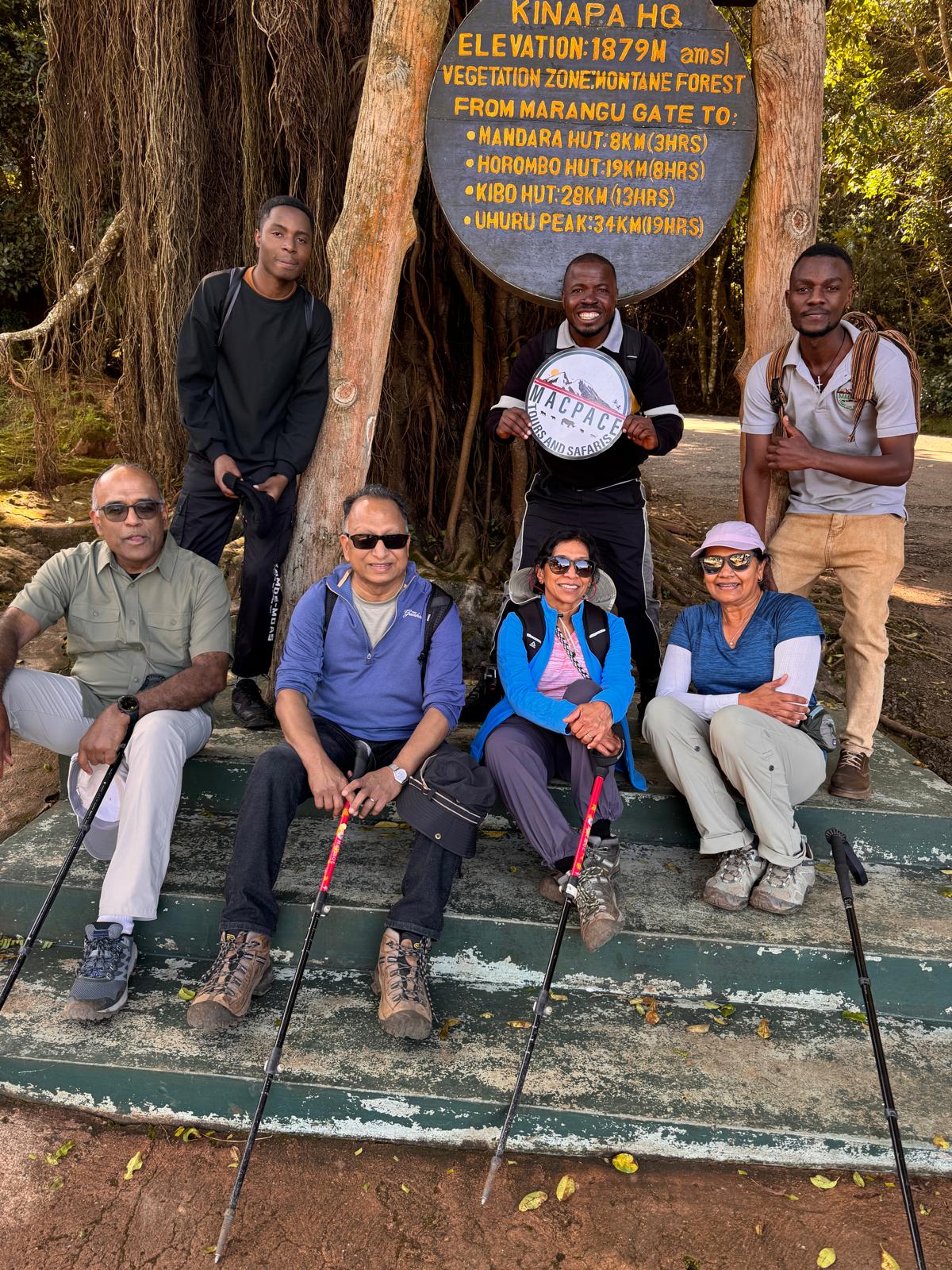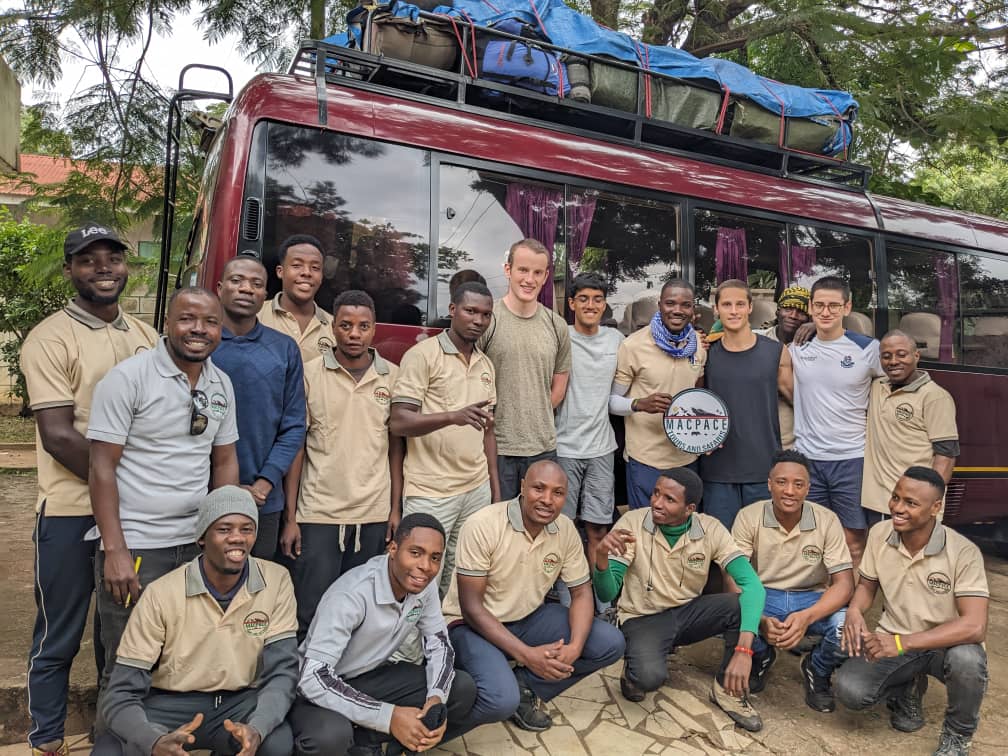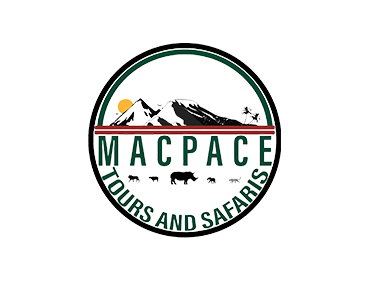Altitude Sickness on Kilimanjaro: Symptoms, Prevention & 2025/2026 Safety Guide
Updated for the 2025/2026 climbing season by Macpace Tours & Safaris
Target focus & Variants: Altitude sickness Kilimanjaro, AMS symptoms, prevent altitude sickness, Kilimanjaro safety tips, altitude illness Tanzania, high altitude trekking health.
Why Altitude Sickness Matters on Kilimanjaro
At 5,895 meters (19,341 feet), Mount Kilimanjaro is a high-altitude climb where oxygen levels drop to nearly half of sea level. This rapid ascent puts climbers at risk for Acute Mountain Sickness (AMS) and, in severe cases, HAPE (High-Altitude Pulmonary Edema) or HACE (High-Altitude Cerebral Edema).
Altitude sickness is the most common reason climbers fail to summit, but with the right knowledge, pacing, and professional support, you can greatly reduce the risk.
The Three Main Types of Altitude Sickness
1. Acute Mountain Sickness (AMS) – Mild to Moderate
Symptoms:
-
Headache
-
Nausea or loss of appetite
-
Fatigue
-
Dizziness
-
Shortness of breath during exertion
2. High-Altitude Pulmonary Edema (HAPE) – Severe, Life-Threatening
Symptoms:
-
Persistent cough producing frothy sputum
-
Difficulty breathing at rest
-
Rapid heartbeat
-
Extreme fatigue
3. High-Altitude Cerebral Edema (HACE) – Severe, Life-Threatening
Symptoms:
-
Confusion or loss of coordination
-
Severe headache
-
Hallucinations or irrational behavior
-
Inability to walk in a straight line
How to Prevent Altitude Sickness on Kilimanjaro
1. Choose the Right Route & Duration
Longer routes (7–9 days) like Lemosho or Northern Circuit allow gradual altitude gain, giving your body time to adapt.
2. Go “Pole Pole” (Slowly, Slowly)
Climbing too quickly is the fastest way to get sick. Macpace guides maintain a slow, steady pace to optimize oxygen usage. Also proper gear helps your body cope with the elements and altitude, see our Kilimanjaro packing recommendations.
3. Stay Hydrated & Eat Well
Drink water 3–4 liters daily and maintain balanced meals to fuel your body for altitude adaptation.
4. Take Acclimatization Hikes
Our itineraries include “climb high, sleep low” days, a proven method to reduce AMS risk. Staying healthy is key to reaching the summit and here’s how altitude awareness impacts Kilimanjaro success rates.
5. Consider Preventive Medication
Consult your doctor about Diamox (acetazolamide) or other altitude medication before your trip.
Macpace Tours’ Safety Protocols for Altitude
-
Daily health checks using pulse oximeters and symptom questionnaires.
-
Medically trained guides who can identify AMS early.
-
Oxygen cylinders & portable hyperbaric chambers on all climbs.
-
Emergency evacuation plans in case of severe altitude illness.
What to Do If Symptoms Appear
-
Mild AMS: Rest, hydrate, slow your pace, take mild pain relief.
-
Worsening symptoms: Descend to a lower altitude immediately.
-
Severe signs (HAPE or HACE): Emergency descent + oxygen therapy; medical evacuation if necessary.
Macpace Rule: Safety comes before the summit. We would rather bring you down healthy than push you to risk serious illness.
2025/2026 Climbing Insight
In the upcoming season, more climbers are booking longer, better-paced routes, and operators with strong safety records, like Macpace, are reporting higher summit success rates with fewer altitude-related evacuations. Timing your climb can reduce altitude risk, discover the best months to climb Kilimanjaro.
Ready to climb Kilimanjaro with a team that puts your health first? Let Macpace Tours & Safaris guide you safely to Uhuru Peak in 2025/2026. Contact us today for expert route planning and altitude safety support.





